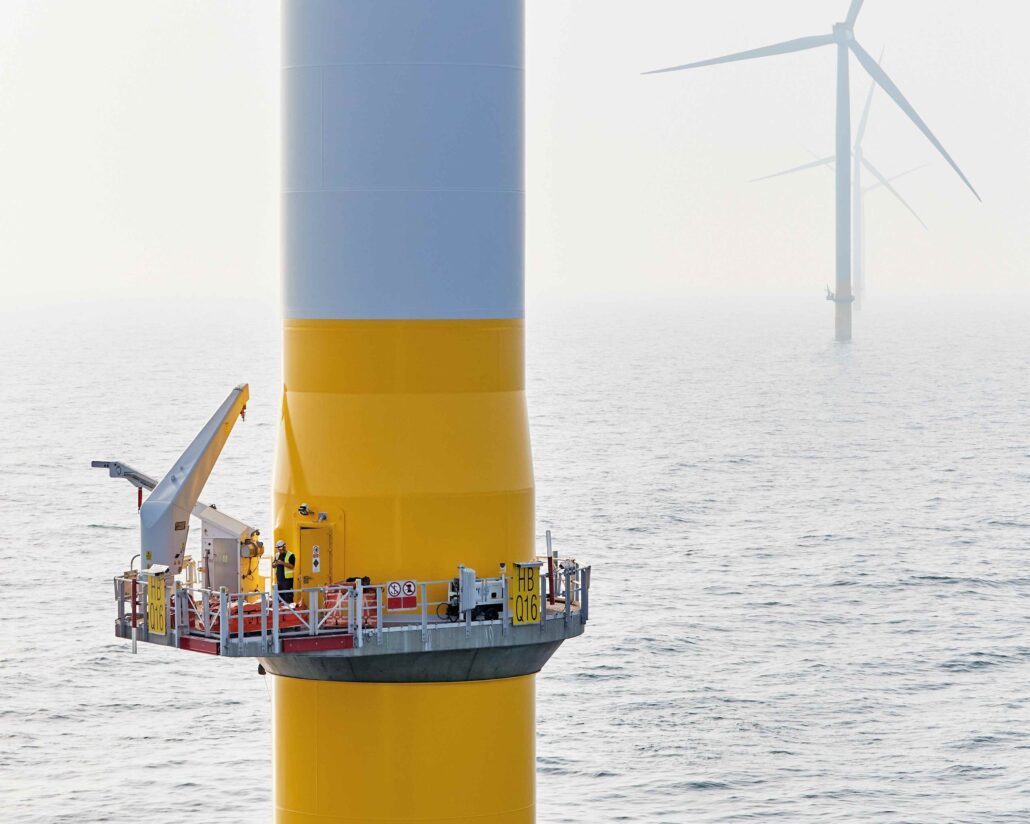
How the UK can unlock the opportunities of the global expansion of offshore wind
The United Kingdom is already an offshore wind trailblazer, but as Duncan Clark, Head of Ørsted UK & Ireland writes, getting the next phase of industrial policy right will be critical for the new government
The success of the offshore wind industry in the last decade is something that the UK should be proud of and celebrate.
We are home to the world’s largest offshore wind farms, including Ørsted’s very own Hornsea 1 and Hornsea 2; the industry is generating over 15 per cent of the UK’s electricity from UK offshore wind farms; and we have collectively developed a sector that supports 30,000 jobs.
To achieve this, billions of pounds have been mobilised and invested in the UK economy, £15bn of which has come from Ørsted alone, and we recently committed another £8bn to build Hornsea 3. By 2030, offshore wind will be generating around 60 per cent of the UK’s electricity.
While it is good to take a step back and celebrate a genuine UK success, the new government should be asking: What will success look like for the offshore wind sector and UK supply chain a decade from now? What levers does government need to pull now to ensure that success?
With growing ambition for offshore wind around the globe, the global supply chain must expand to three to four times its current size. The UK needs to give itself the best chance to access this huge opportunity and service the expanding domestic, European and global market in both seabed-fixed and floating offshore wind. To achieve this, we must do three things.
Firstly, building on and growing the existing UK supply chain should be the starting point for any future industrial policy.
Secondly, we must recognise that the UK is taking part in a global competition to win new investment from supply chain companies and persuade existing companies to remain and expand here. To win and retain that investment, we must upgrade manufacturing facilities, invest in ports and other infrastructure, and have a coordinated approach to supporting companies that want to invest here.
Thirdly, the long-term objective for the UK industry must be to export UK expertise abroad. For example, 55 of Ørsted’s UK suppliers have also supported our global projects. If we can replicate this and more UK companies can compete internationally and win global contracts in the next decade, that will be a key measure of the success of the UK offshore wind industry.
In recent years, the Department for Energy Security and Net Zero has focused on supporting the UK supply chain. If the new government enacts policies that will both mandate and reward developers for using UK suppliers – especially in disadvantaged areas – that can help to achieve this goal. In addition, a greater level of coordination across government, particularly from the Department of Business and Trade and the Treasury, as well as from regional government, will allow us to fully grasp this opportunity.
It is often said that looking back helps us to look forward. When I started my journey in renewable energy over two decades ago, I would never have believed we could achieve what we have done here in the UK. We’ve built the second-largest global market for offshore wind, developed a robust supply chain, and transformed the economies of coastal communities across the country.
Now with the new government in place, we have an opportunity to develop the right industrial policy so the UK can reap the rewards during the next golden decade of offshore wind’s global expansion
This article was originally published in The Path To Net Zero supplement circulated alongside The House magazine. To find out more visit The Path To Net Zero hub.
Photo caption: Ørsted’s Hornsea 2 is the world’s largest offshore wind farm and generates enough green energy to power over 1.4m UK homes